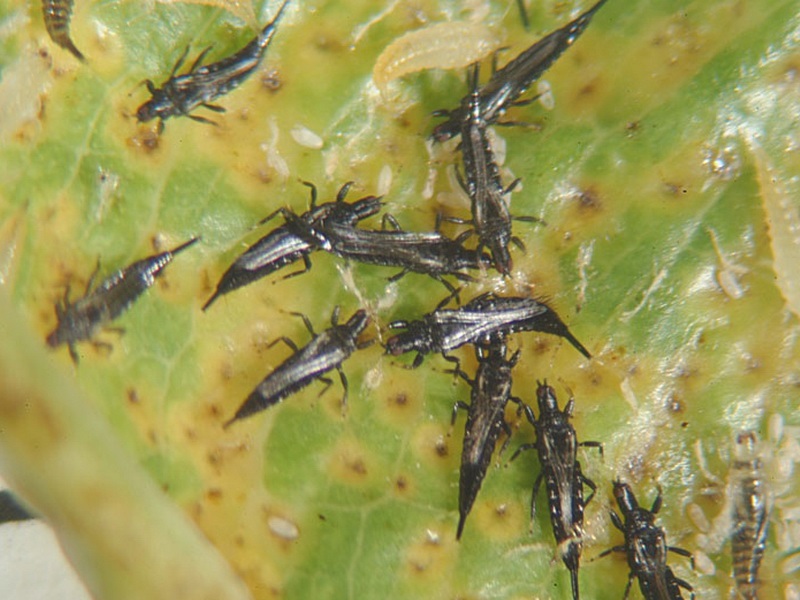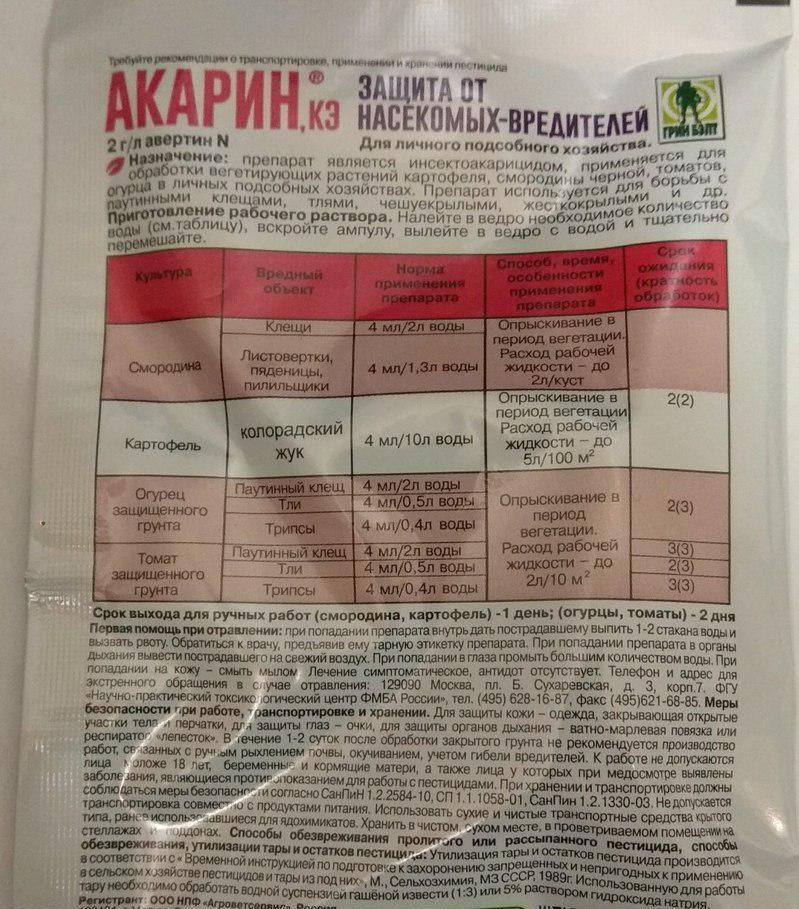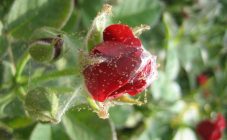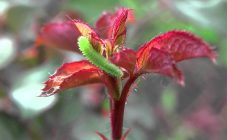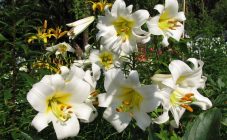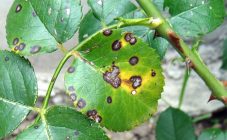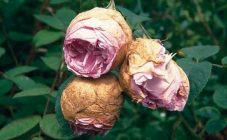Content:
Herbivorous thrips are one of the most harmful insects; they feed on vegetables and ornamental crops grown in summer cottages. It is extremely difficult to exterminate this attack, due to their physiological characteristics. To minimize the risks of damage to rose bushes, preventive irrigation should be carried out regularly, taking into account the specifics of the vital activity and development of insects.
Thrips on roses: a general description of pests
Thrips are miniature insects, belong to the order vesiculate, are distributed almost everywhere. The length of their body can vary from 0.5 cm to 1.4 cm. The legs are strong and slender, possessing unique suction elements. The oral apparatus is well developed; insects easily pierce plant tissues and absorb cell sap.
Adults, as a rule, are gray, brown and black, while the larvae are lighter. Thrips have an incomplete transformation during the birth process, therefore they overcome 3 phases of development: eggs, larvae and adult insects.
Fighting insects is extremely difficult due to the following features:
- At the first stage of their development, it is pointless to fight them, this is due to the fact that the eggs were laid under the skin of the leaf plates.
- In the last stage of development, thrips are also inaccessible, since they sink deep into the soil layers to lay larvae.
The only good time to kill pests is when they move around the rose after laying their eggs. But in the end it is possible to get rid of only a part of the insects; soon a new generation will come to replace them.
The period of development from eggs to larvae in good weather takes approximately 3 weeks, in unfavorable weather conditions - a month.
The reasons for their appearance
Before removing insects, you should find out the reason why they appeared in your backyard, summer cottage.
The larvae overwinter in the upper layers of the soil under a layer of dry leaves. With the onset of spring, they rise to the surface and for the first time feast on the juice of weed leaves. But this does not last long, since the leaves of the weeds quickly coarse. After that, thrips go in search of roses, first they hit the leaves, and then they get to the buds.
Reasons for the appearance of thrips:
- Acquisition of new and already infected planting material. On examination, it is impossible to identify them until the pests themselves appear on the leaves.
- Affected rose garden growing in a neighboring area. If the agronomist knows that thrips have appeared nearby, all preventive measures should be taken immediately and the bushes should be treated with special chemicals.
Signs of defeat
Thrips feast on leaves, inflorescences and flowers, but more often it is possible to see not the insects themselves, but already the result of their "fruitful" life.
Most often, as a result of pest damage, the rosary has underdeveloped seeds, the formation of discolored or yellow spots, as well as the formation of ugly buds that fall off much earlier than the prescribed period.
If roses were hit during flowering, then the presence of insects will be indicated by a change in the color of the edges of the petals, as a rule, they darken. Affected buds suspend or slow down their development, the flowers are unattractive.
How to deal with thrips on roses: methods of treatment and prevention
It is difficult to remove insects from the summer cottage, it is much easier to carry out all preventive measures that will prevent damage to the rose garden.
Preventive measures that help:
- Carefully and regularly remove plant residues: dry, damaged branches, weeds and foliage.
- Irrigate the soil regularly with special preparations against sucking insects.
- Do not cover roses for the winter with leaves that have been affected by pests or diseases.
- With the onset of spring, soon after the snow melts, remove the mulch layer, thoroughly loosen the soil and irrigate the soil and bushes with a protective agent against thrips.
- Repeat spraying during formation and blooming of leaves and buds.
- Throughout the growing season, regularly loosen the peri-stem circle and remove weeds.
Another factor that reduces the reproduction of thrips is intensive watering of the rose garden from all sides. Watering should be done in such a way that the water pressure falls on the lower and upper parts of the leaves. Water not only washes away, but also drowns the sucking pests.
Another effective way to prevent and control thrips is to regularly irrigate the bushes with a concentrated soap solution from laundry soap. After drying, a protective shell forms on the surface of the plant, which is impervious to the sucking insect.
Akarin for roses: instructions for use
There are a large number of environmentally friendly insect control products. They are based on microflora or plant raw materials. The most popular drugs to combat thrips are Akarin, Fitoverm, Aktofit.
Akarin is an equally effective analogue of Agravertin. This is a biological product based on avertin N with intestinal action. It is realized in glass ampoules. The destructive effect for insects on warm days occurs after 8 hours, and in cold weather approximately after 16 hours.
Another advantage of the product is that it is easy to use; instructions for use are attached to the preparation. To prepare the contents of one ampoule, dilute in a small amount of pure water, stir thoroughly and add more water so that the total volume is 1 liter. Processing should be carried out in dry and calm weather, no later than 24 hours before rain.
As for the shortcomings, they should include the fact that before using it you need to follow the weather forecast: if it rains outside, you will not be able to achieve the desired result. Despite the natural base, the drug is still classified as a third hazard class, which suggests that it can only be used with personal protective equipment.
Thrips are a real attack for a florist and summer resident. If you neglect preventive measures, the rose garden bushes can simply be lost. Today, there are many natural and chemical preparations that are designed to help fight sucking insects. Before use, be sure to read the instructions for use.
